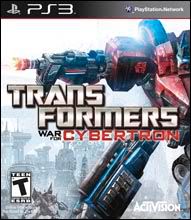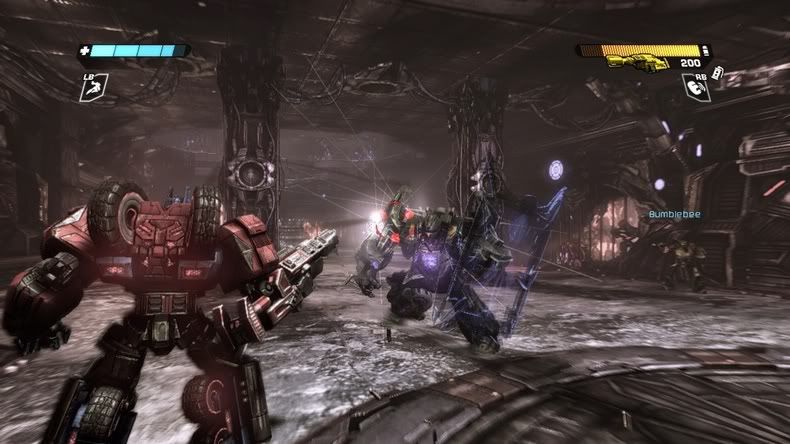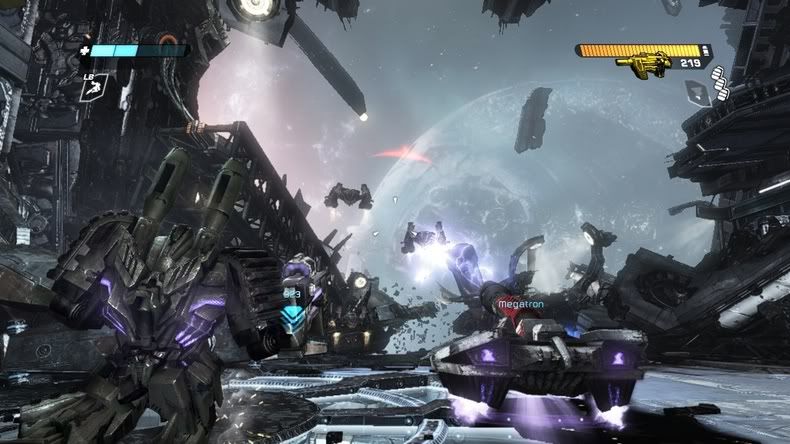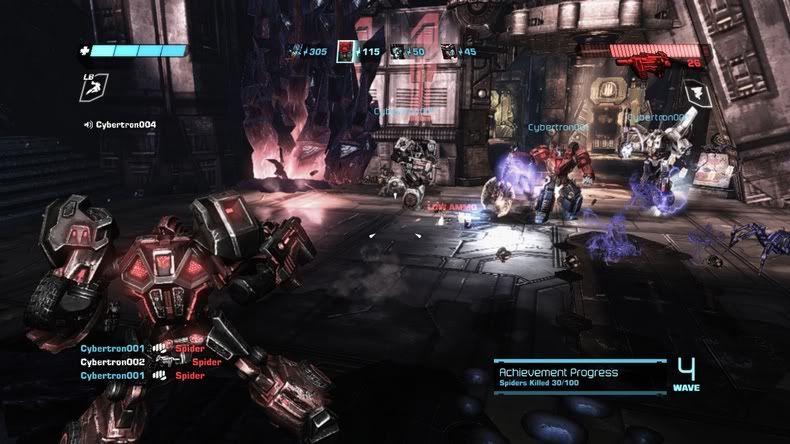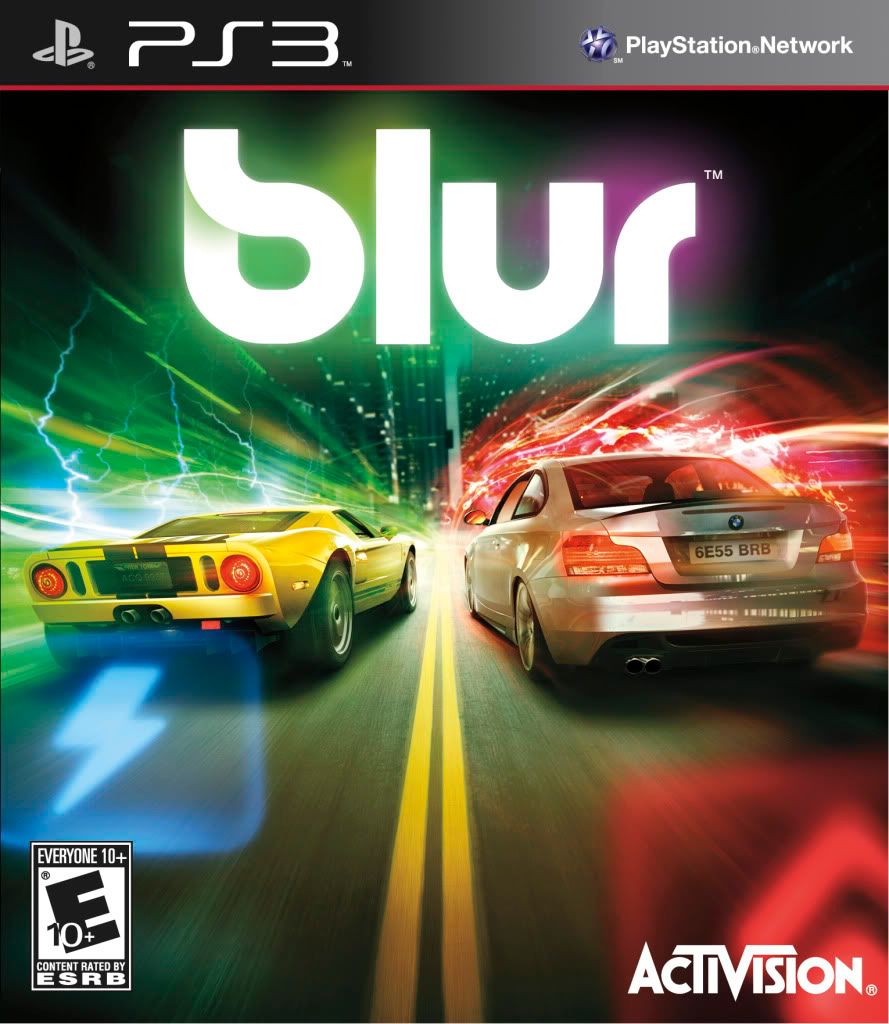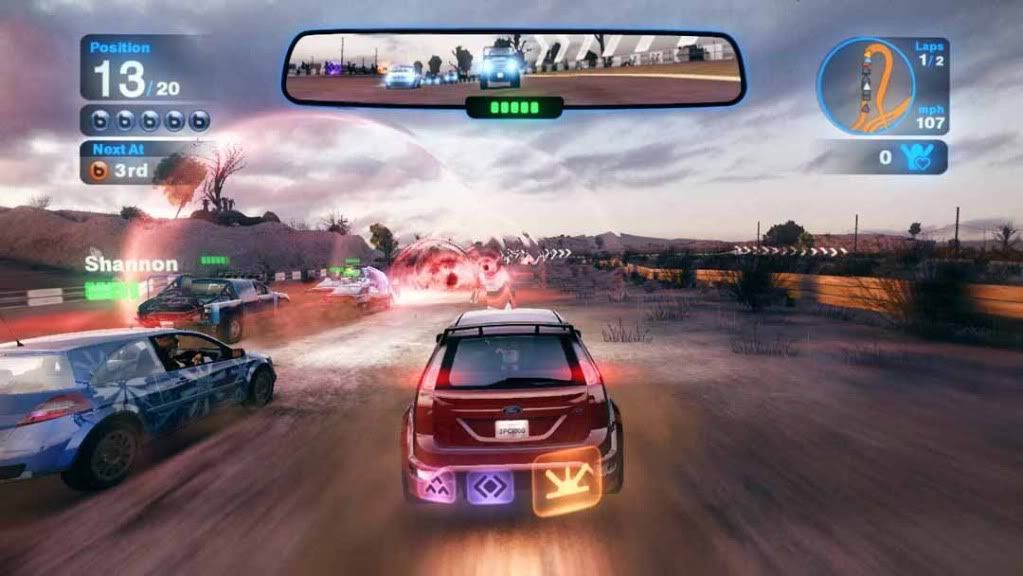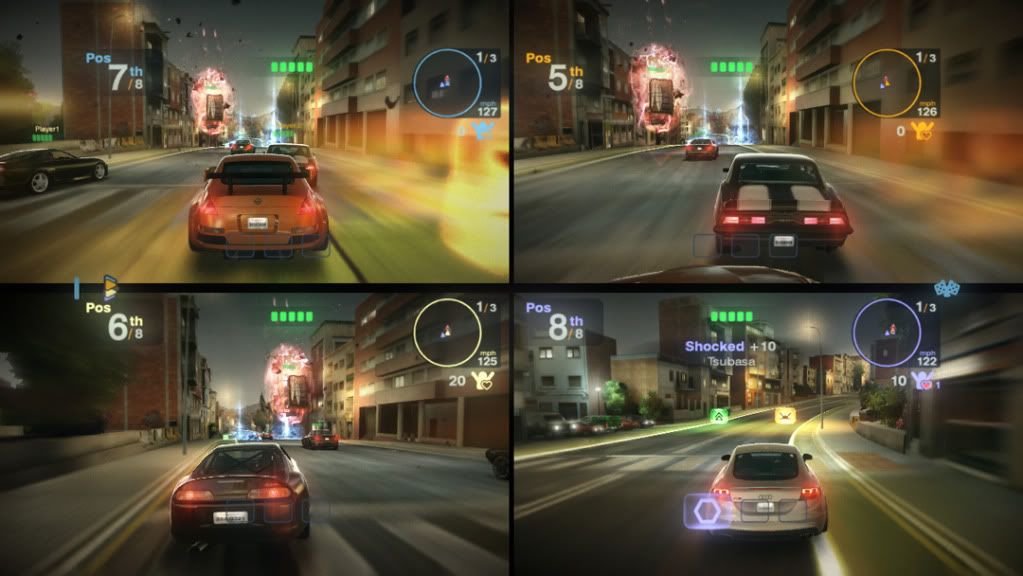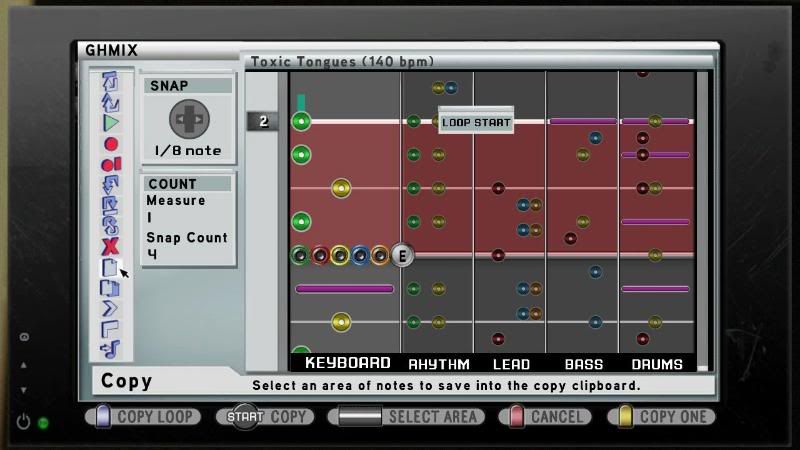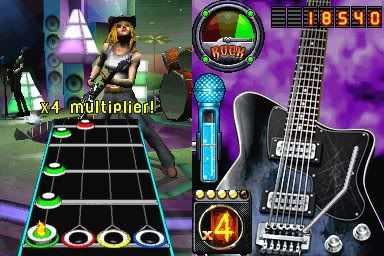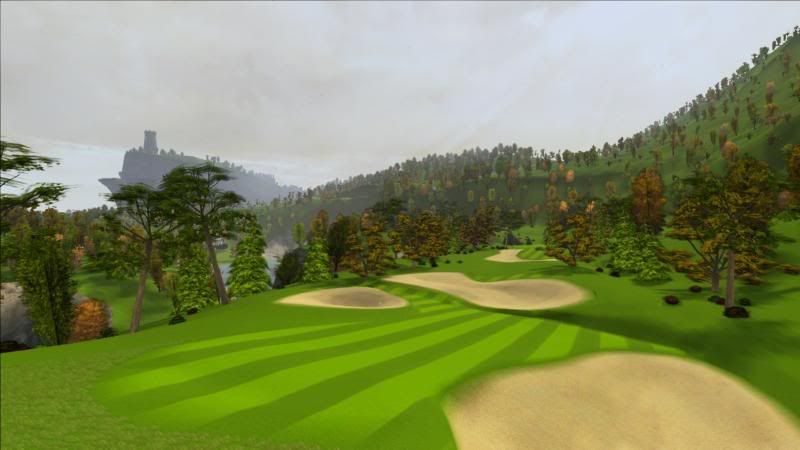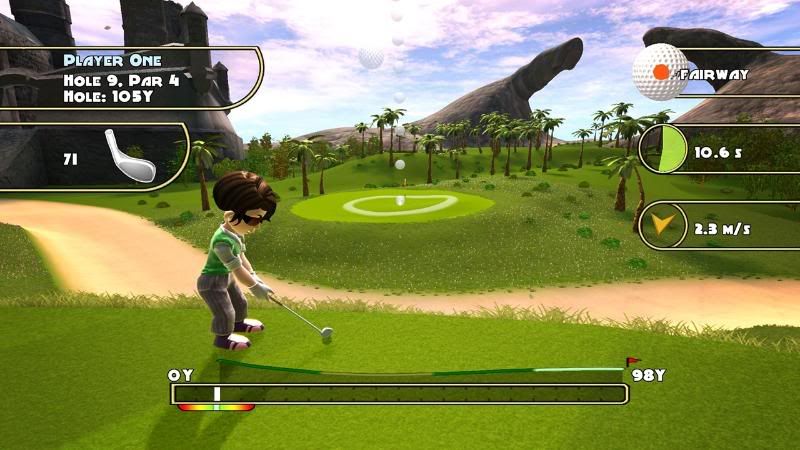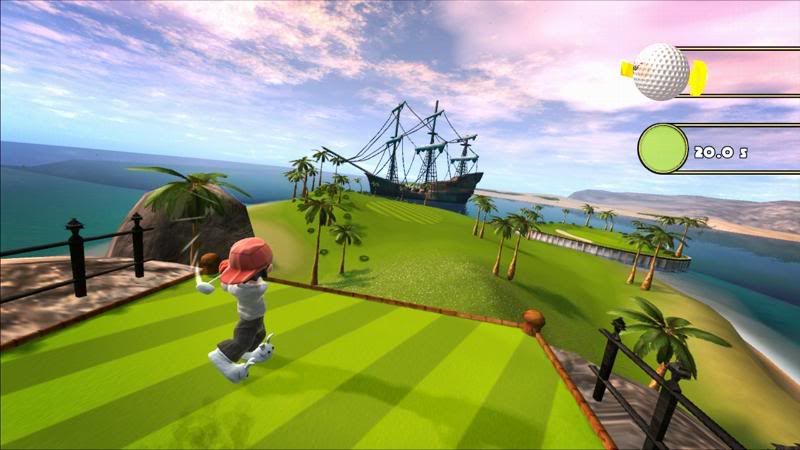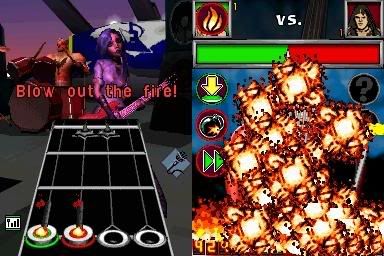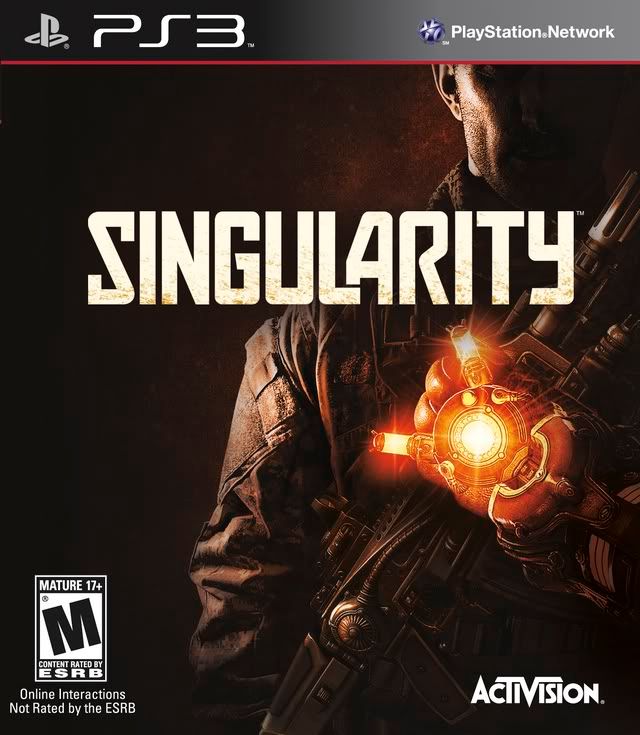 After observing a spike in radiation levels over the Russian island of Katorga-12, US troops are sent in to infiltrate and investigate the island. After a strange occurrence of incidents, including time travel, it turns out that you have drastically altered the timeline, throwing the world into Russian rule. Using the help of newly acquired "friends" and weaponry, can you revert things to normal? Do you even want to?
After observing a spike in radiation levels over the Russian island of Katorga-12, US troops are sent in to infiltrate and investigate the island. After a strange occurrence of incidents, including time travel, it turns out that you have drastically altered the timeline, throwing the world into Russian rule. Using the help of newly acquired "friends" and weaponry, can you revert things to normal? Do you even want to?The story starts out plainly enough, until you’ve crashed landed on Katorga-12 and start running into some interesting creatures. They are human-like in nature, but with very decayed and mutated bodies. Oh, and they are super aggressive and out to eat you. In a hurry to meet back up with your squad mates, you run into an old building, where you are thrust back in time, to when the building was burning down in 1955. You happen across an individual who is clinging on for his life, and decide to save him. Unfortunately, that kind of altered the time line, and now the man you saved is the man you are trying to kill to set things right.
 You return to your time, in 2010, shortly after rescuing this man, Demichev. He then captures you in 2010, and wants to know about your time traveling powers, which you are unaware of, but you escape with the help of Mir-12, some underground group trying to figure out this time traveling thing. From then on, you are running around the island, both in 2010 and in 1955, trying to get the time line back to the way it was and correct all of your mistakes. You’ll find out a lot about the happenings on Katorga-12 and how all of these things came to pass, with the help of various notes and recordings scattered around the island. Mir-12 agent Kathryn, and 1955 scientist Barisov will also help you try to solve this mystery.
You return to your time, in 2010, shortly after rescuing this man, Demichev. He then captures you in 2010, and wants to know about your time traveling powers, which you are unaware of, but you escape with the help of Mir-12, some underground group trying to figure out this time traveling thing. From then on, you are running around the island, both in 2010 and in 1955, trying to get the time line back to the way it was and correct all of your mistakes. You’ll find out a lot about the happenings on Katorga-12 and how all of these things came to pass, with the help of various notes and recordings scattered around the island. Mir-12 agent Kathryn, and 1955 scientist Barisov will also help you try to solve this mystery.Katorga-12 was first discovered as the only place that contained a super rare and powerful element, E-99. Once found, the Russians built all sorts of facilities on the island to research its unique characteristics and capabilities, including weapons research and time travel. Unfortunately, a terrible accident occurred, killing most of the island’s inhabitants, and mutating the rest into horrifying creatures who you must now battle.
Some of these enemies are pretty cool, while others are quite annoying. Most take a humanoid appearance, with special powers, such as teleporting through time and space, making them worthy adversaries. Other enemies are little exploding kamikaze bugs, which are bothersome and attack in swarms, and another is similar to a giant, acid-spitting spider. So, there is a decent variety of enemies, but you’ll usually face the humanoid opponents, as well as Demichev’s soldiers who have guns, so you can’t go running around all willy nilly.
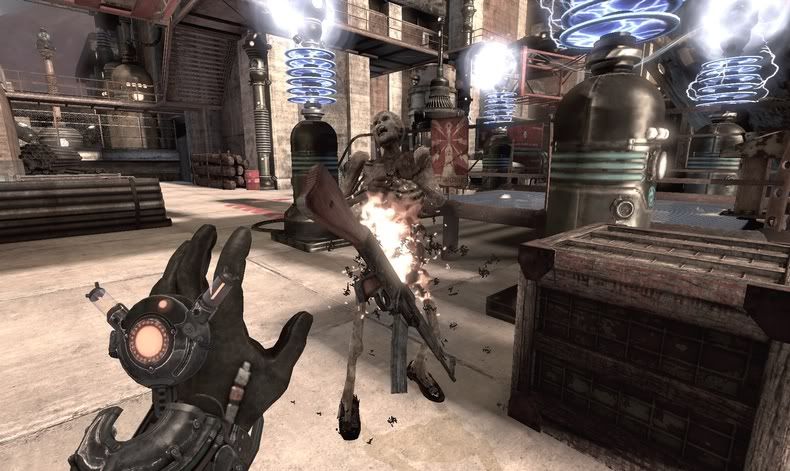 Aside from a range of standard guns, like a pistol, machine gun, and shotgun, you also have more advanced weaponry, like a spike gun, remote controllable grenade launcher, or sniper rifle that allows you to slow time. There is even this sweet rifle where you can control the bullet after firing, so you can wind it around cover and obstacles and still hit your target in the face, delivering a satisfying explosion. You also have the help of your Time Manipulation Device, or TMD. This little guy is very useful in both puzzle solving and combat. You gain abilities as you progress, but eventually, you can move objects, age objects into their 1955/2010 counterpart, to decay/fix items, create a protective bubble that stops time, use it as a melee attack, and more. The time altering abilities are pretty cool, especially when a pesky adversary is all in your face; just send them to 1955, bwahahaha.
Aside from a range of standard guns, like a pistol, machine gun, and shotgun, you also have more advanced weaponry, like a spike gun, remote controllable grenade launcher, or sniper rifle that allows you to slow time. There is even this sweet rifle where you can control the bullet after firing, so you can wind it around cover and obstacles and still hit your target in the face, delivering a satisfying explosion. You also have the help of your Time Manipulation Device, or TMD. This little guy is very useful in both puzzle solving and combat. You gain abilities as you progress, but eventually, you can move objects, age objects into their 1955/2010 counterpart, to decay/fix items, create a protective bubble that stops time, use it as a melee attack, and more. The time altering abilities are pretty cool, especially when a pesky adversary is all in your face; just send them to 1955, bwahahaha.The game isn’t too puzzle heavy, but it has its fair share, and they are pretty inventive. Unfortunately, they are redone again and again, so once you solve it the first time, it’s a no-brainer when you come across it again. However, the first time you come across a puzzle, you will probably be stuck thinking about it for a minute or two, so I was impressed with the inventiveness of the puzzle, and how it doesn’t simply throw the answer in your face. You have to use your powers and the items around you to figure it out.
Singularity does do a good job of setting the mood though. 2010 is pretty disheveled and everything is overgrown, while everything is nice and new in 1955. There are a handful of very atmospheric, and scary moments in the game, where things pop out at you, or the overall environment is truly creepy. There are even messages you can find on walls that have been left by a mysterious person, possibly yourself, which make you question your mission, what you are doing, and who you can trust. To further bring you into the story and what all was going on back in 1955, you can find and read an assortment of notes and listen to audio logs left behind by scientists and other inhabitants. These are left on desks and tables and all over the place. They slow the pacing of the game a bit, as you can stop to read or listen to each one, but if you get really into the story, then it’ll be worth it to investigate as much as possible to learn about what went on on Katorga-12. Obviously though, you can skip right by these and continue on to the action.
Exploration is also beneficial to more action-oriented players, as you can find many, many E-99 tech pieces, which can be used to upgrade powers and weapons. These can be used to increase health and energy, as well as increase your sprint distance, gain more ammo per pickup, and other perks. There are also weapon upgrades which can be used to upgrade each weapon in various stats, like power, reload time, and clip size. There is a problem though, in the way the game limits your movements. If you go through a door to a new section of the map, that door will close off and you won’t be able to go back. So, if there was some stock pile of E-99 tech in one room, but you decide to explore this other room first, which happens to be the main path to the new section, you may get screwed and not be able to back-track to that E-99 horde. This happened to me a few times….quite annoying.
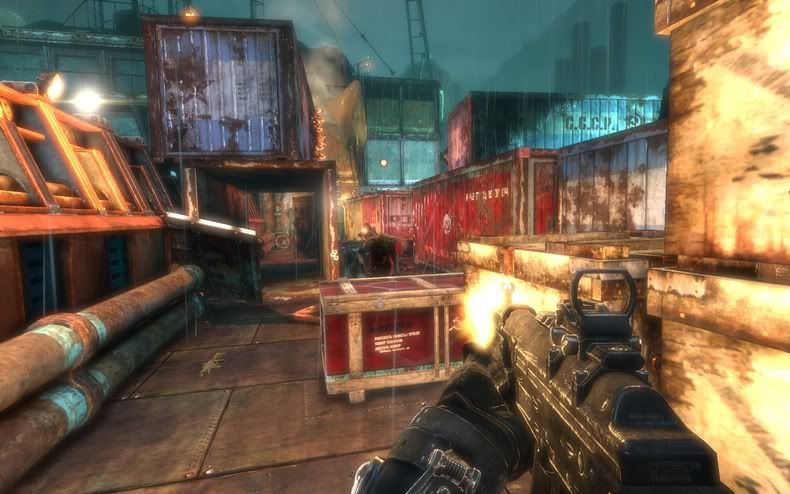 Naturally, Singularity also has a multiplayer mode or two. It features a relatively standard Creatures vs Soldiers deathmatch mode, as well as an Extermination mode, akin to territories. Each mode features humans versus creatures. Humans have multiple class options, each of which has a different perk, such as the ability to teleport short distances, melee, or other such skill. You can also choose a weapon independently of class, like a standard rifle, shotgun, or sniper. The creatures’ classes are a bit more diverse. Each creature class is a different creature, all of which act and move very differently, so many play styles can be used here. One is that large ass spider that can shoot bombs at you, while another creature can place proximity mines. The little tick creature can run up and explode near an enemy, or jump on him, kill him, and inhabit his body, giving you access to his weapon and confuse opponents.
Naturally, Singularity also has a multiplayer mode or two. It features a relatively standard Creatures vs Soldiers deathmatch mode, as well as an Extermination mode, akin to territories. Each mode features humans versus creatures. Humans have multiple class options, each of which has a different perk, such as the ability to teleport short distances, melee, or other such skill. You can also choose a weapon independently of class, like a standard rifle, shotgun, or sniper. The creatures’ classes are a bit more diverse. Each creature class is a different creature, all of which act and move very differently, so many play styles can be used here. One is that large ass spider that can shoot bombs at you, while another creature can place proximity mines. The little tick creature can run up and explode near an enemy, or jump on him, kill him, and inhabit his body, giving you access to his weapon and confuse opponents.The Creatures vs. Soldiers mode is a standard deathmatch mode and is self-explanatory, but Extermination is more team-based. Here, the humans have to work together to bring three terminals back online. Once online, their spawn gets moved up to that terminal. Of course, the creatures are there to stop you from doing this, so it’s a constant battle to see who can get the upper hand. Once the time limit is reached, or all three terminals get brought online, you switch sides. The team with the most terminals online at the end wins.
Overall, Singularity does a good job of bringing you into the world of Katorga-12 and the E-99 experiments, with the various artifacts you can find and there are cool time manipulation elements to play around with. One downfall is that the NPCs don’t look at you when they talk, which breaks down the immersion, but aside from that, the single player experience is nicely crafted to bring the player into its world. There is then multiplayer which you can delve into, with ranks and leveling up, which could keep you busy for awhile.
Overall Score: 7/10
This review was based on the PlayStation 3 version of the game, however, most of which has been stated should also be applied to the Xbox 360 and PC versions of the game.

